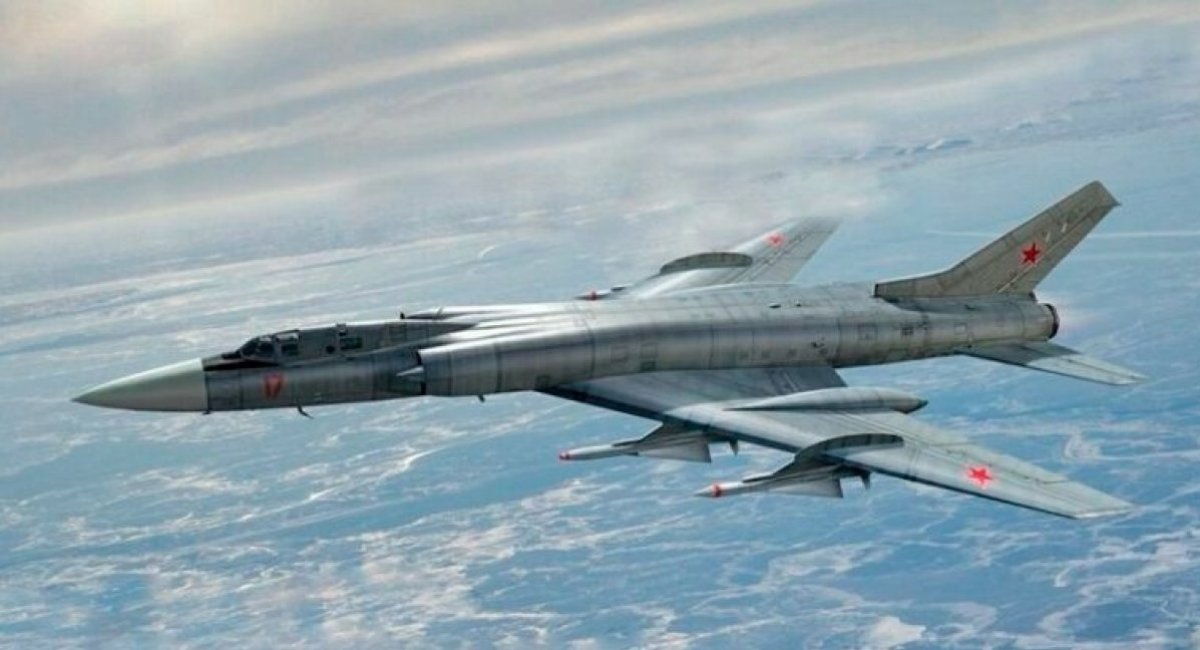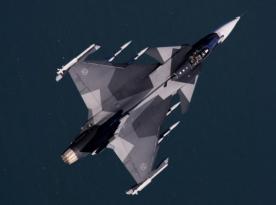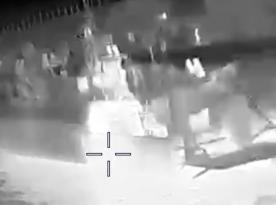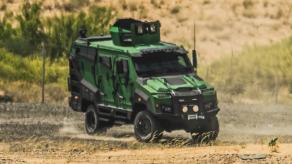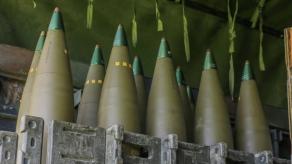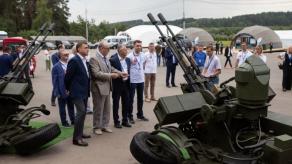Every episode in the history of Soviet and then russian aviation shines anew when considered in the context of the ongoing war between Ukraine and russia. Earlier, we recalled why the U.S. discarded nuclear anti-air missiles against Tu-95 bombers of 800-km range.
This time, let's delve into details of a project that became an unsuccessful Soviet attempt to take a leaf from NATO's book and combine a combat interceptor and a radar surveillance system as two pillars of air defense in a single aircraft.
Read more: SSU Operation Pavutyna: How Ukraine Dealt a Devastating Blow to russia’s Strategic Aviation

The result was a jet known as the Tu-128. Due to its drawbacks, it rather quickly retired after 1990, replaced by the MiG-31. However, the lessons drawn from this attempt offer a valuable perspective.
Visually, one could notice that Tu-128 bears certain similarity to the Tu-22 bomber, and this would be a completely correct observation because they are related. Tu-22 became the basis for the Tu-128 development in the early 1960s, when the Soviet Tupolev Design Bureau was tasked to create an aircraft to intercept U.S. strategic aviation. To succeed in that mission, Tu-128 was supposed to operate in synergy with the Tu-126 radar surveillance aircraft, a precursor of the modern A-50.
Serial production of the Tu-128 was launched in 1962, and lasted until 1970, with a total of 188 aircraft manufactured. Of them, 14 were two-seater trainer jets. As of the 1980s, 2/3 of the produced aircraft were still in service.
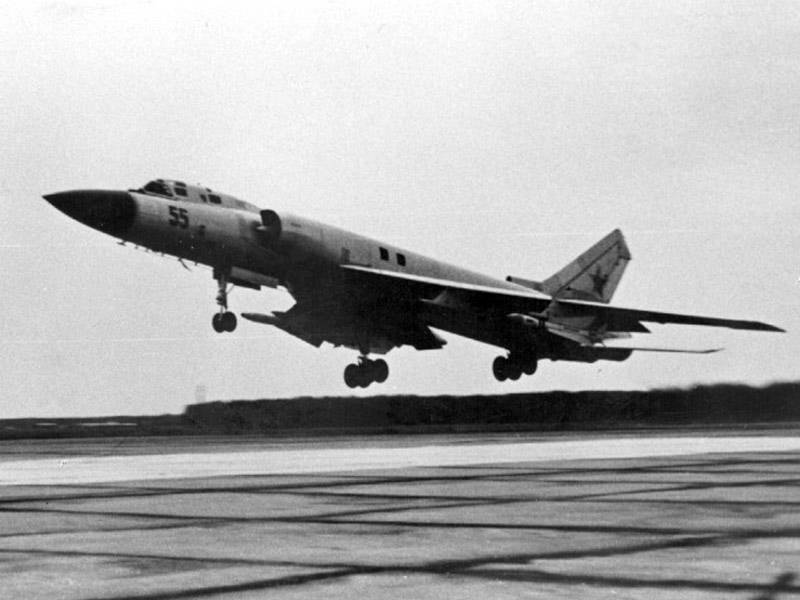
Tu-128's bomber origin manifested in the dimensions of this aircraft: with an equipped take-off weight of 43.7 tons, the fuselage was 30.06 meters in length and 17.53 meters in wingspan. Two people operated this unit.
According to russian sources, the existing Tu-128s were divided between five aviation regiments in russia and Kazakhstan. These regiments were staffed per bomber aviation standards, which also meant increased payments for the personnel.
The main problem with the Tu-128 was its armament. These aircraft could carry only four R-4 air-to-air missiles in infrared and radar seeker variants, two missiles of each type. Their engagement range was only 16 and 25 kilometers, respectively.
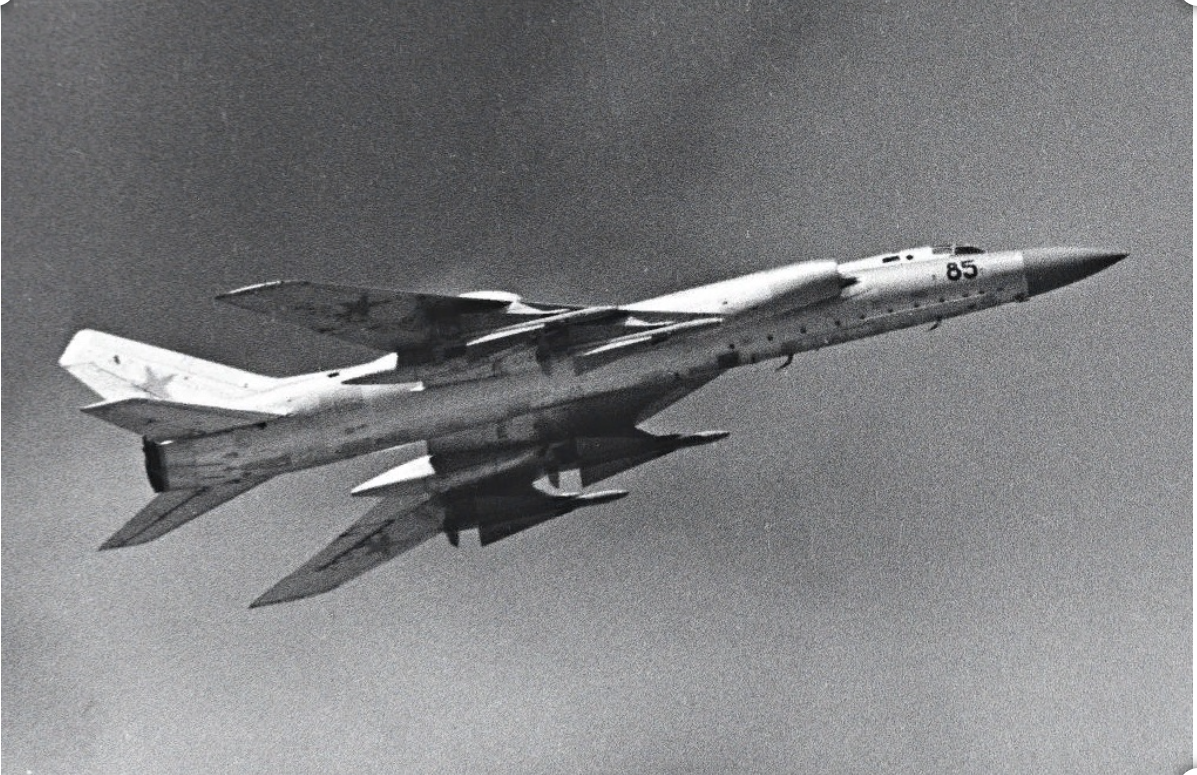
Once again, the Tu-128 was intended to intercept U.S. strategic bombers specifically, so the target hit range of 16 to 25 kilometers was deemed too small. Naturally, underwhelming weapons led to decommissioning of these interceptors in 1990, when the last units were replaced by MiG-31s.
Read more: When the U.S. Had 800-Kilometer Nuclear Anti-Air Missiles Against Tu-95 Bombers — and Why They’re Gone Now



